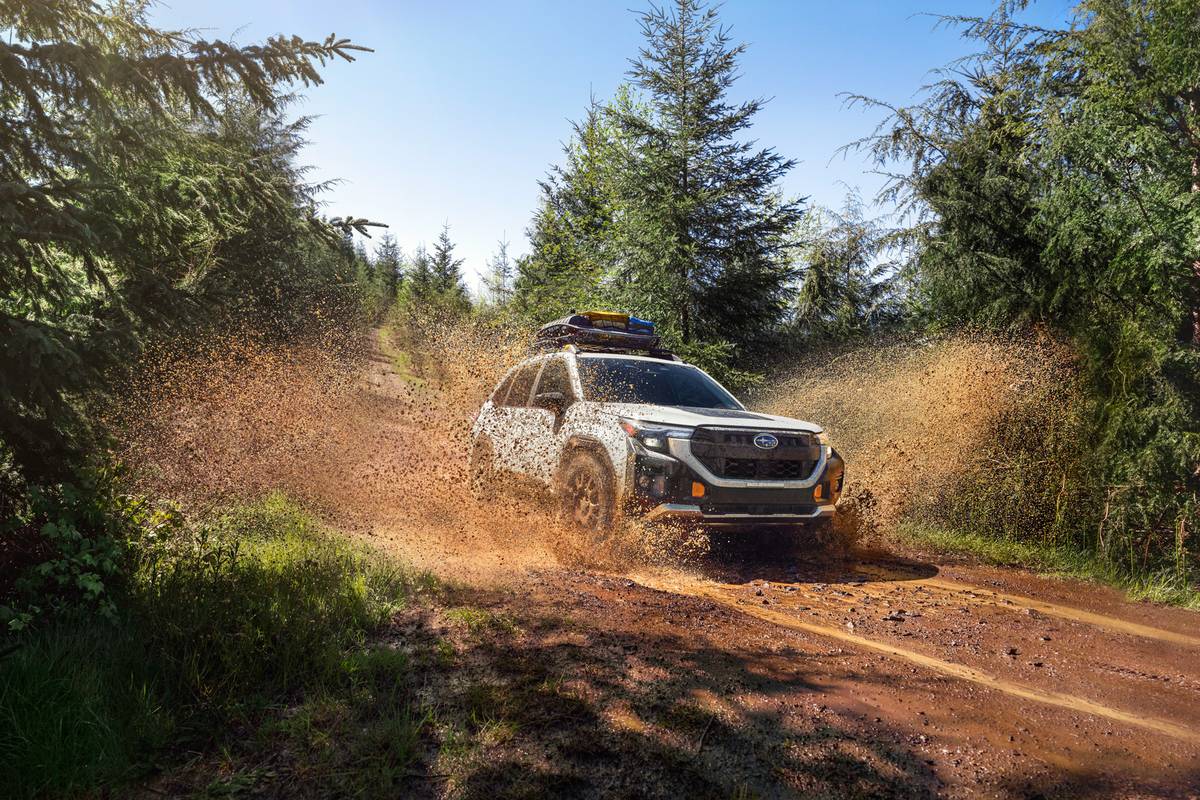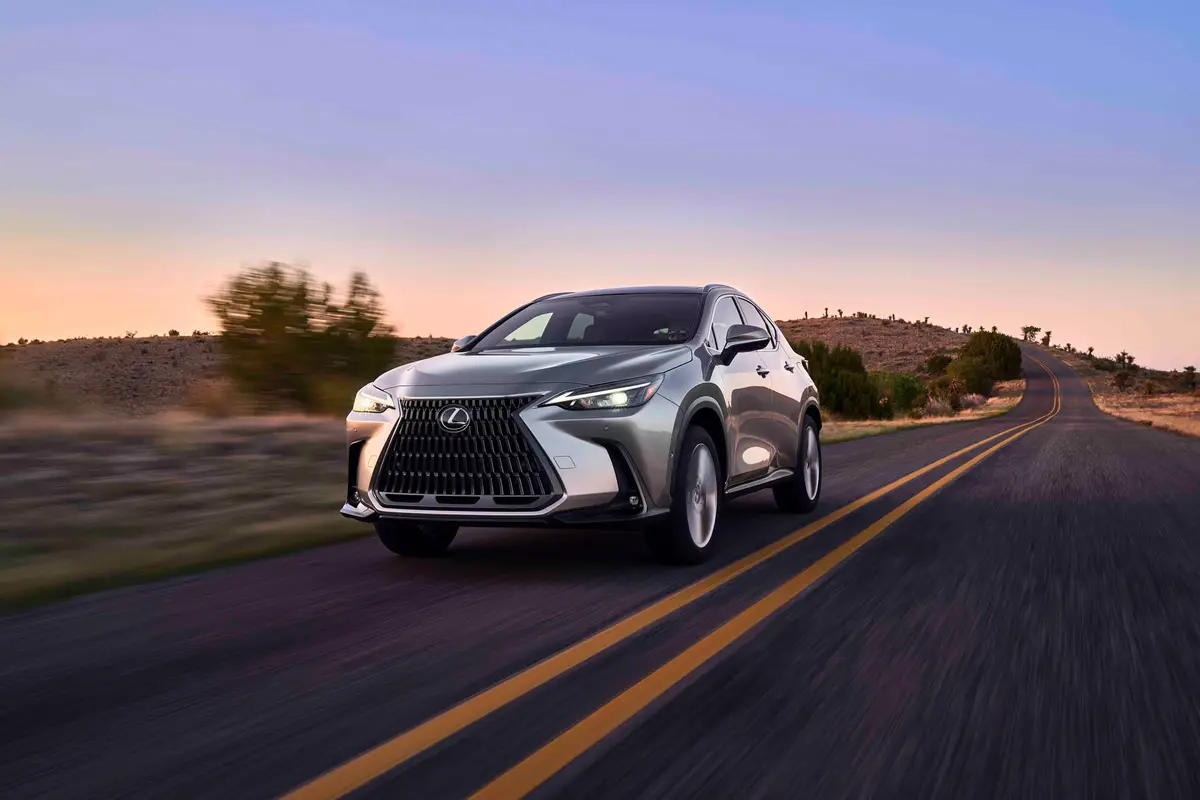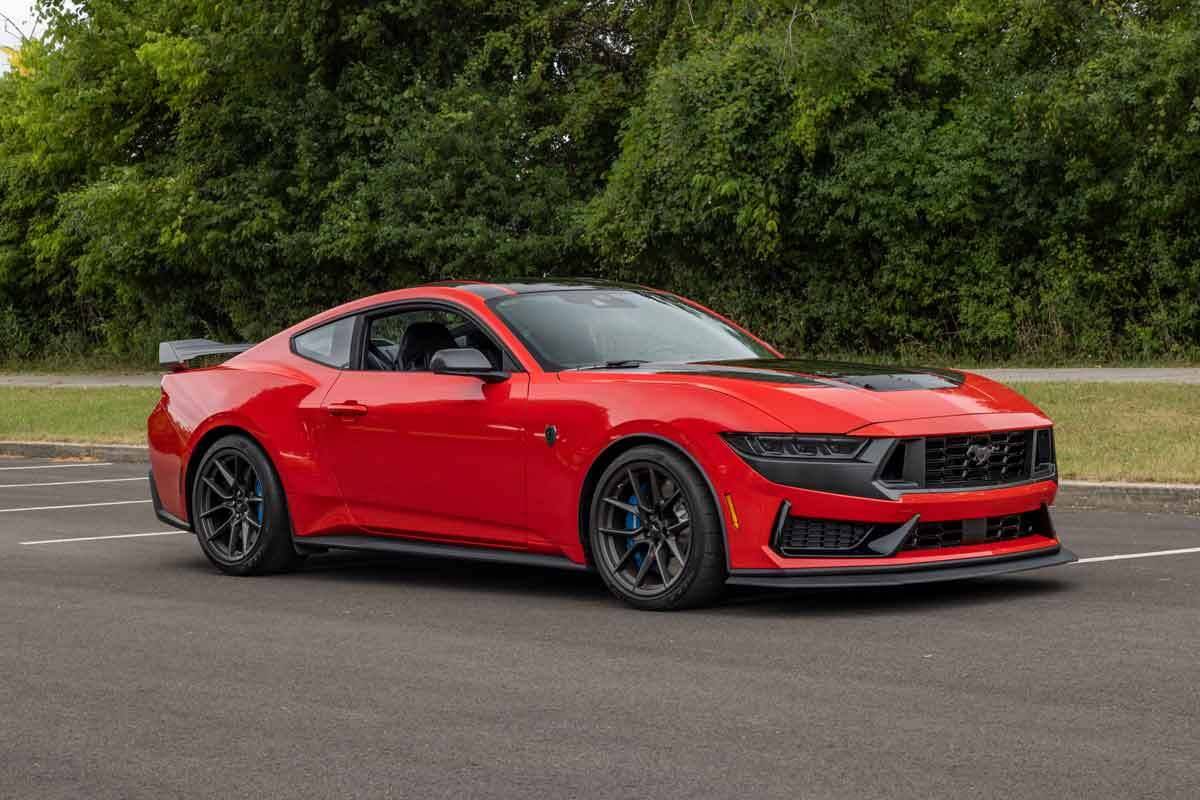chicagotribune.com's view
As most know by now, gas/electric vehicles reduce the amount of gasoline consumed in transporting folks to work or play.
By burning less gas, hybrids also reduce the amount of gunk spit into the atmosphere so you can take a deep breath without inhaling solid matter.
But hybrid technology takes some getting use to because gas/electric vehicles have some quirks that gas-powered vehicles don’t.
Take, for example, the 2006 Toyota Highlander hybrid sport-utility vehicle that went on sale last month. It comes in base or top-of-the-line Limited versions with two- or four-wheel-drive. We tested the 2WD Limited.
Like the conventional Highlander, it’s powered by a 3.3-liter V-6 engine developing 208 horsepower. But it adds a 288-volt nickel-metal-hydride battery pack that fits under the middle-row seat to power an electric motor that boost h.p. to 268.
Simply put, Highlander hybrid starts and gets moving using battery power and then at about 10 to 15 m.p.h. the gas engine takes over. When you need to climb a hill, merge or pass, the electric motor and gas engine work together to produce the energy needed and take some of the strain off the gas engine.
But the hybrid acts a bit differently than a gas-only machine. Turn the key and step on the accelerator in a gas-powered Highlander and off you go.
Turn the key in the hybrid and there’s a few-second pause for the “ready” light to go on. Then wait of a few more seconds for the nickel-metal-hydride batteries to activate the electric motor to get the machine going.
Chances are bank robbers would never use one as a getaway car.
But the reward for your patience is near total silence because you start and get going on battery power so Highlander hybrid midsize SUV enjoys the fuel economy of a compact sedan.
The mileage rating is 33 m.p.g. city and 28 m.p.g. highway, which compares with a 19 m.p.g. city/25 m.p.g. highway rating for Highlander with 3.3-liter gas V-6. The hybrid rating with 4WD is a most respectable 31/27.
The city rating is higher than the highway because the SUV starts in electric mode, when most vehicles consume a lot of fuel.
Some SUVs don’t get 14 m.p.g. in city driving, yet the Highlander hybrid gets 14 m.p.g. more mileage than usual in the city.
It makes $2 a gallon gas a little more tolerable, and you can thumb your nose at those Mideast sheiks.
But there’s no free lunch.
The 4×2 base Highlander hybrid starts at $33,030, the Limited at $37,890, the 4×4 base starts at $34,430, the 4×4 Limited at $39,290.
All include a $4,500 premium to cover the hybrid powertrain. In addition, $2,300 in options on the gas Highlander are made standard on the base hybrid, $3,200 worth on the Limited. And they are reflected in the sticker.
Standard on the base hybrid are three rows of seats, air conditioning, power windows and door locks, AM/FM/cassette/CD sound system and remote keyless entry.
The $2,300 in added standard equipment includes eight-way, power driver’s seat; side-curtain air bags with rollover sensors; 17-inch, aluminum wheels; daytime running lights; and heated outside mirrors.
The Limited hybrid comes with all that plus automatic climate control, power driver/passenger seats, auto dimming mirror with compass and steering-wheel mounted audio controls. The $3,200 in added features include leather seats and power moonroof.
Those dedicated to the cause of relief from reliance on foreign oil have to pay $6,800 more for a base hybrid and $7,700 more for the Limited than if they bought the V-6 Highlander minus the NiMH batteries.
At $2 a gallon, the $6,800 to $7,700 premium would buy 3,400 to 3,850 gallons of gas. If your current vehicle obtains 20 m.p.g., those 3,400 to 3,850 gallons would give you 68,000 to 77,000 miles of motoring.
If a gas/electric carries a $6,800 to $7,700 premium, chances are that when more sophisticated hydrogen fuel-cell vehicles are available, they would run at least three times as much.
But we digress. Toyota now offers a hybrid Prius car and hybrid Highlander SUV and its Lexus luxury division offers the RX400h hybrid SUV. This fall, Lexus will add the hybrid GS sedan. A gas/electric Toyota Camry joins the lineup in a year.
Toyota expects to sell up to 25,000 Highlander hybrids this year with second-year output based on first-year demand.
Two hybrid concerns aren’t justified. One fear is that like a battery-powered electric, the hybrid needs six to eight hours to recharge. But these batteries recharge as you motor along.
The other is that hybrids perform like slugs because the gas engine and electric motor are small. Gas/electric power combined provides a surprisingly healthy dose of torque. Response to pedal pressure is immediate and energetic.
The power assist for the gas engine from the batteries is similar to the boost you’d get from a turbocharger or supercharger. The zero- to 60-m.p.h. acceleration time is about 7 seconds, rapid movement for a midsize sport-ute.
To appreciate hybrid power, a small information screen in the instrument panel with a tiny schematic shows which power source is in use. If you opt for the $2,000 navigation system, a larger schematic appears in the navi screen showing when in gas, electric or both and current mileage.
One drawback is that watching the effects of the technology is habit-forming and you spend too much time with eyes off the road.
While hybrid power is the attraction in this machine, it offers another technology with an appeal. It’s called Vehicle Dynamics Integrated Management, or VDIM.
VDIM is a vehicle stability/traction control system that takes safety up another notch. While stability control systems activate anti-lock brakes, reduce engine power or both after a wheel has started to slip or slide, VDIM anticipates a potential loss of control and goes to work before trouble starts.
VDIM constantly calculates vehicle motion in any direction based on sensors measuring yaw rate, deceleration, wheel speed and steering angle and makes on-going corrections. The only drawback is that you don’t know it’s working and think you’ve become a better driver.
Highlander has three rows of seats, but the only thing that will fit in the cramped third row is a toy Yoda.
Access to the third row is by pulling a lever on the second-row passenger-side seat so that it moves forward and the back tilts to provide a teeny, tiny aisle to the back. The best use of the third-row seat is folded flat to provide more cargo room.
– – –
TEST DRIVE
2006 Toyota Highlander
Limited 2WD Hybrid
Wheelbase: 106.9 inches
Length: 185.4 inches
Engine: 3.3-liter, 208-h.p. V-6 gasoline engine with electric motor for combined 268 h.p.
Transmission: Continuously variable automatic
Fuel economy: 33 m.p.g. city/28 m.p.g. highway
Base price: $37,890
Price as tested: $40,089. Includes $2,000 for touch-screen navigation system and $199 for carpet/cargo mat set. Add $565 for freight.
Pluses: A gas/electric version of the Highlander, offering the mileage of a compact sedan in a midsize SUV. Whisper-quiet battery start and gas engine shuts off when idling at a light. Vehicle Dynamics Integrated Management standard with stability control and traction control, a system that anticipates potential loss of control in any direction and makes corrections before wheels start to slip or slide.
Minuses: Side mirrors limit field of vision. Third-seat room minuscule and access poor. A $4,500 premium for hybrid power plus $3,200 in options made standard to boost price more.
———-
Read Jim Mateja Sunday in Transportation and Wednesday and Friday in Business. Hear him on WBBM Newsradio 780 at 6:22 p.m. Wednesdays and 11:22 a.m. Sundays.
jmateja@tribune.com
Latest news



